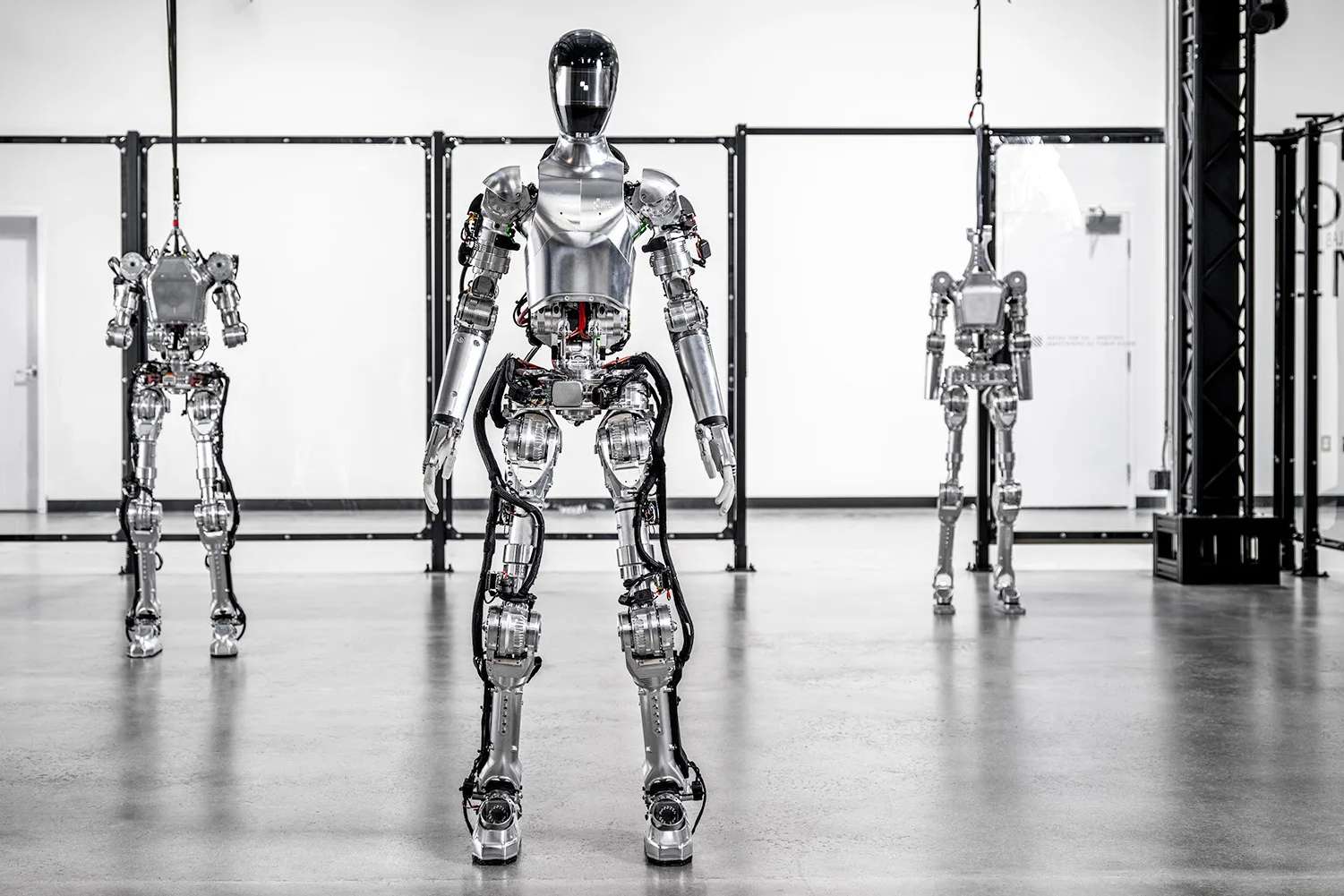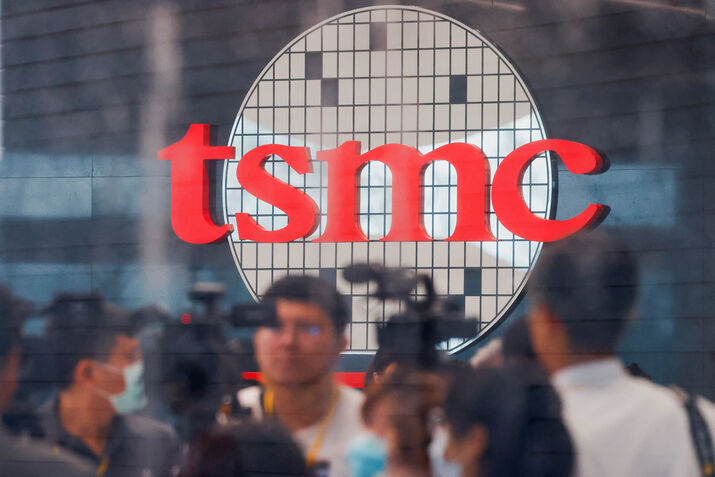BREAKINGVIEWS-J&J slims down but struggles to get fit

By Robert Cyran
NEW YORK, Oct 14 (Reuters Breakingviews) - Slimming down is all the rage, and Johnson & Johnson JNJ.N has jumped on the bandwagon. The $450 billion health conglomerate unveiled plans on Tuesday to jettison its orthopedics business, which makes surgical implants and tools, two years after carving out Tylenol and Band-Aid division Kenvue KVUE.N. Breaking up should help Joaquin Duato manage capital more wisely, but the financial engineering is far less effective than Ozempic.
J&J reckons that its medical technology operations can grow faster by shrinking. While orthopedics is large, representing 10% of the company's total revenue, it only grew about 2.5% last year and its operating margin is low. Instead, Duato can focus on developing hotter new areas, buffeted by recent acquisitions, such as heart pumps and devices that use shockwaves to dissolve calcified plaque in heart vessels.
Perhaps orthopedics can thrive outside J&J. A graying population will need more hip and knee implants, generating more cash to return to shareholders via dividends and stock buybacks. The unit generated $9.2 billion of sales in 2024. Crudely speaking, it could be worth some $40 billion based on the top-line multiples of Zimmer Biomet ZBH.N and Stryker SYK.N.
Duato has yet to decide precisely how the separation will work. It could ape Kenvue, which decamped with debt, sold some shares and distributed the rest to existing J&J holders. Either way, it will help the sprawling empire focus a little more. The $16 billion from Kenvue was used for medical-device and biotech acquisitions.
Yet financial engineering, exiting businesses and fine tuning only go so far. Over the past five years, the company’s shares have lagged the S&P 500 Index .SPX.
Although such breakups are meant to boost value, it hasn't happened for beleaguered J&J. Its shares have lagged the S&P 500 Index over the past five years and dipped on the orthopedics news. It’s unlikely that there are any overlooked gems inside, and opioid litigation keeps dogging it just as talc lawsuits did. The Trump administration also isn't helping with its haphazard approach to healthcare policy.
There's certainly no harm in streamlining a giant, but it's hard to see the results. Even deals like last year's $15 billion acquisition of neurological drugmaker Intra-Cellular Therapies are going to take time to deliver. Until Duato proves he can build muscle with the extra capital, J&J will just lumber along.
Follow Robert Cyran on Bluesky.
CONTEXT NEWS
Johnson & Johnson said on October 14 that it would separate its orthopedics business, a division that generated $9.2 billion of revenue in 2024, in 18 to 24 months.
The unit, which accounts for about 10% of J&J's top line, makes hip, knee and shoulder implants, and surgical tools. It will be called DePuy Synthes.
Following the separation, the conglomerate will focus on six areas: oncology, immunology, neuroscience, cardiovascular, surgery, and vision.








